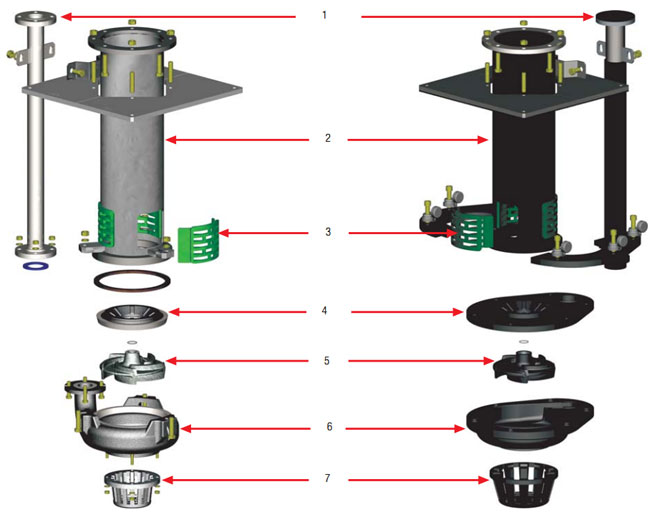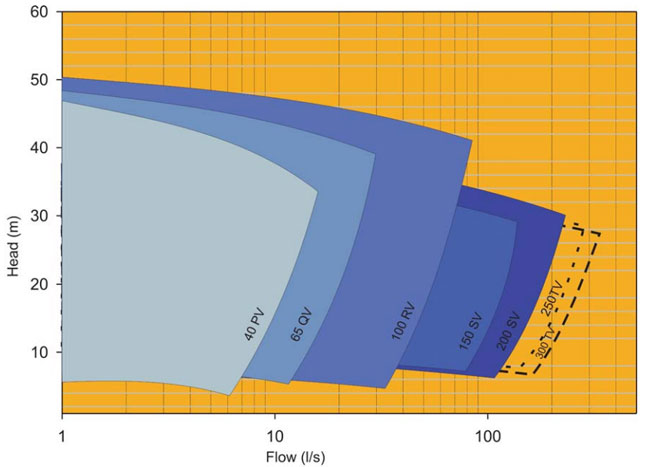One of the most frequent failures of photovoltaic power plants is a lightning strike. This article describes the impact of lightning strikes on photovoltaic power generation equipment and countermeasures.
Photovoltaic power systems spread all over the world. Because of the difference in weather conditions and environment, lightning strikes and countermeasures sometimes differ.
For example, Australia's largest million photovoltaic power plant, "Nyngan&rdquo" with an output of 102MW and "BrokenHill" with an output of 53MW; there are no lightning rods around the solar panels and power conditioners (PCS).
However, a lot of lightning rods (Figure) have been installed at close range around grid-connected devices such as step-up transformers for grid connection. This kind of sight is hardly seen in Japan's photovoltaic power plants.

There are many lightning rods around the grid-connected equipment
Australia's largest 102MW and 53MW photovoltaic power plants (Photo: First Solar)
Both power stations are located inland in New South Wales, southeast Australia. The terrain is relatively flat, the ground is Australia's unique red clay.
The power generation operators of the two million photovoltaic power plants are joint ventures between AGLEnergy, a large Australian power generation and retail retail operator, and First Solar, a major solar panel manufacturer in the United States. The development period is basically the same.
In order to install a large number of lightning rods around the grid-connected equipment, Yamaguchi said that there are also a large number of lightning rods installed in places where dangerous goods are handled in Japan. (Australia) There may be similar provisions for this situation.
As a regional feature, Darwin and other places in the northwestern part of Australia is the world famous Dorayan region, and the southeastern lightning strike situation is estimated to be similar to Japan.
It is not uncommon for lightning strikes to take place in more places than Japan around the world, especially near the equator where lightning strikes frequently. The overall number of lightning strikes tends to increase. This is estimated to be an indication of an increase in greenhouse gases leading to climate change. There are even predictions that by the end of the 21st century, the number of lightning strikes may increase by 50%.
In regions where the number of lightning strikes exceeds the scope of the international standard, it is necessary to develop independent lightning strike strategies.
Currently compliant with IEC standards
As a lightning strike countermeasure for general equipment, the International Electrotechnical Commission (IEC) has set international standards. As long as it is a measure that meets the standards, there is not much difference with Japan's JIS lightning strike strategy. Because JIS complied with IEC standards at the time of its establishment.
In addition, in addition to the development of independent standards by countries, infrastructure operators such as electric power, communications, and railways will also establish their own standards. At this time, there will be differences in the lightning strike countermeasures.
At present, IEC standards have not yet been published regarding the lightning strike countermeasures for photovoltaic power generation and research is being conducted. However, compared with other general-purpose facilities, photovoltaic power generation equipment design methods should not be significantly different.
For the lightning strike prevention measures for photovoltaic power generation equipment, Japan's NEDO and JLPA are conducting independent research and research.
In some parts of Japan, special lightning strikes are sometimes required for specific areas. The following will introduce examples in this regard.
SP metal Vertical Slurry Pumps
Naipu SP metal Vertical Slurry Pumps are vertical, centrifugal slurry pumps submerged in sump to work.They are designed for delivering abrasive,large particle and high density slurries.These pumps have no need of any shaft seal and sealing water. They can also be operated normally for insufficient suction duties.Wet parts of type NP-SP pump are made of abrasion-resistant metal. All parts of type NP-SP(R) pump immersed in liquid are lined with rubber outer liner.They are suited to transport non-edge angle abrasive slurry.
Typical Applications---
Sump drainage washdown
Floor drainage
Mill sumps
Carbon transfer
Monitoring
Magnetite mixing

Main Part Number At The Drawing
|
1.Discharge Pipe
2.Column 3.Strainer 4.Back Liner |
5.Impeller
6.Pump Casing 7.Lower Pipe |
Materials of Construction
|
|
IMPELLERS |
CASING |
COLUMN |
DISCHARGE |
SEALS |
|
Standard |
High Chrome Alloy Rubber |
High Chrome Alloy Rubber |
Mild Steel |
Mild Steel |
Natural Rubber |
|
Options |
Butyl |
Neoprene |
Neoprene |
Neoprene |
Nordel |
Selection Chart

NP-SP SUMP PUMP PERFORMANCE PARAMETERS
|
Type |
Allowable Mating Max. Power(Kw) |
Range Of Performance |
Impeller |
|||||
|
Capacity/Q |
Head/m |
Speed/rpm |
Max Efficiency/% |
No. of Vanes |
Impeller Diameter/mm |
|||
|
m³/hr |
L/S |
|||||||
|
40PV-NP-SP |
15 |
19.44-43.2 |
5.4-12 |
4.5-28.5 |
1000-2200 |
40 |
5 |
188 |
|
65QV-NP-SP |
30 |
23.4-111 |
6.5-30.8 |
5-29.5 |
700-1500 |
50 |
5 |
280 |
|
100RV-NP-SP |
75 |
54-289 |
15-80.3 |
5-35 |
500-1200 |
56 |
5 |
370 |
|
150SV-NP-SP |
110 |
108-479.16 |
30-133.1 |
8.5-40 |
500-1000 |
52 |
5 |
450 |
|
200SV-NP-SP |
110 |
189-891 |
152.5-247.5 |
6.5-37 |
400-850 |
64 |
5 |
520 |
|
250TV-NP-SP |
200 |
261-1089 |
72.5-302.5 |
7.5-33.5 |
400-750 |
60 |
5 |
575 |
|
300TV-NP-SP |
200 |
288-1267 |
80-352 |
6.5-33 |
350-700 |
50 |
5 |
610 |
Sp Metal Vertical Slurry Pumps,40Pv Vertical Slurry Pump,100Rv Vertical Pump,Vertical Sump Pump
Shijiazhuang Naipu Pump Co., Ltd. , https://www.naipu-pump.com